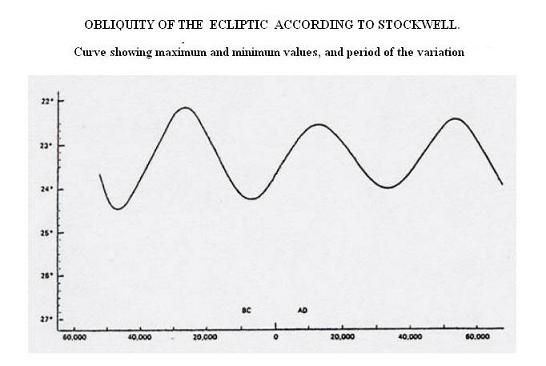Friday, May 22, 2015
Godefroid and Medieval astronomy. Quite modern indeed.
No dark age here.
by Ferdinand III
Medieval Belgian astronomer Godefroid Wendelin essayed a collection of observations regarding the earth's tilt, 'wobble' and angle of axis. It is a rather remarkable assembly for a man from the non-existent 'dark ages', of the 16th century, before the 'scientific revolution' of the 17th.
“Wendelin, famous mediaeval Belgian astronomer, made his observations of the Obliquity of the Ecliptic at the French town of Forcalquier, in the Basses Alpes. He says on page 15 of his Memoir that his instrument was a quadrant, divided into single minutes in the quadrants. It was made of wood, but so solid that both in the winter and in the summer it gave the same distances of the stars as were published by Tycho and Kepler.” [found in Dodwell's famous manuscript on pre-modern astronomy]
Godefroid's work contains a list of the obliquity of the ecliptic from Thales circa 558 BC, Erathosthenes [who measured the earth's circumference] circa 230 BC, Hipparchus [of astrolabe fame] circa 135 BC, Ptolemy 126 AD, and Tyro Brahe a contemporary who tried to create a hybrid Ptolemaic-Coepernican solar system and structure. Surely a dark age of irrationality....
Why would the calculation of an ecliptic and the earth's axis tilt be of importance? It aids in understanding cosmology, cosmic disturbances, impacts on climate [for example the great flood which is an obvious fact, how was this caused ?]; and even in calculating a scientifically based age of both the earth and solar system. Fluctuating axial tilts have a dramatic impact on climate, geography and of course mankind's development. It is a singular medieval achievement to have spent so much effort and time divining the actual historical tilt and mathematics to support such observations and past ancient claims.

“Most people are aware of the earths axial tilt but mistakenly believe it to be a fixed and unchanging value of approximately 23.5 degrees. This however is not so as it was shown by the American astronomer J. N. Stockwell, in 1873, that the earths axial tilt is not constant but varies in a regular cycle over thousands of years between approximately 22 and 24 degrees maximum. At the present time, we are heading in the direction of minimum tilt and will reach that point in approximately 13,000 years.”
Axial tilts – arcane but important, whose secrets were pursued with great vigor in the medieval period. But remember, Godefroid lived in the 'dark ages'. He knew nothing.